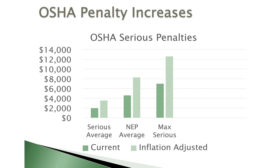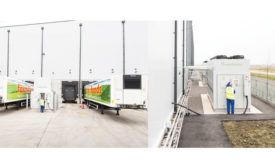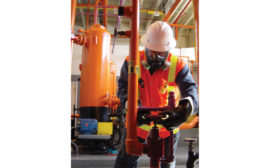Home » ammonia refrigeration
Articles Tagged with ''ammonia refrigeration''
What you’ll need to handle OSHA’s visit: a team and a plan
Read More
How to Manage an OSHA Inspection, Part 1
Simple steps to ensure your facility and people are well-prepared
Read More
IIAR Continues Work to ‘Make Ammonia Great Again’
Industry trends are positive, but the legislative agenda will be slow in an election year
Read More
ATMOsphere America Conference Coming to Chicago in June
Natural refrigerants event expected to be biggest ever
May 16, 2016
EPA Settles with Oregon Ice Cream Co. over Ammonia Safety Violations
In addition to making facility improvements, company will also pay $55,000 in penalties
April 14, 2016
A Close-up Look at Industrial Refrigeration
Uncovering products from the IIAR 2016 Industrial Conference and Exhibition’s show floor
Read More
Ammonia Refrigeration Users Advised to Carefully Study New IIAR 2 Standard
An essential guide for the safe design and operation of ammonia refrigeration systems
March 2, 2016
Breathe Easy With a Good Ammonia Safety Program
Prevention, mitigation, and preparation can save lives
Read More
Natural Refrigerants Market Worth $1.4 Billion by 2020
Europe is the largest market for natural refrigerants
September 25, 2015
OSHA Cites Food Processing Plant After Worker Exposed to Ammonia Refrigerant
Inspectors found that about eight pounds of ammonia were released March 3, 2015
September 21, 2015
Copyright ©2024. All Rights Reserved BNP Media.
Design, CMS, Hosting & Web Development :: ePublishing





